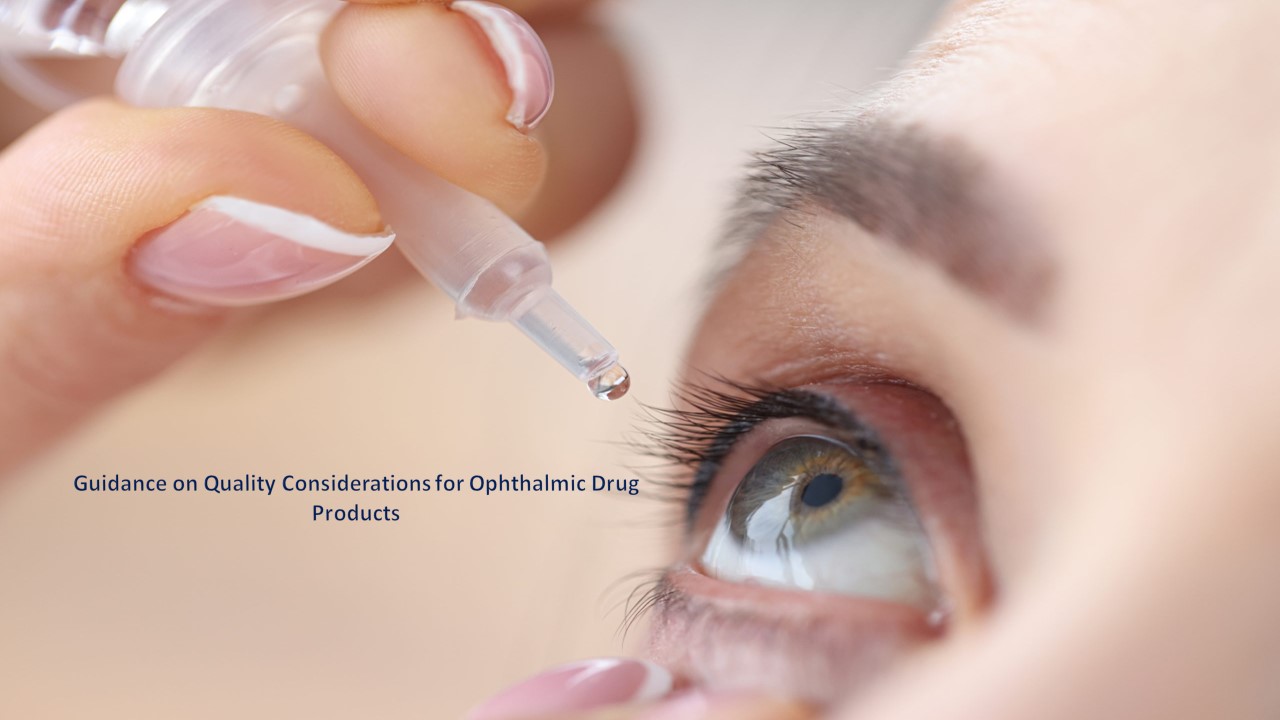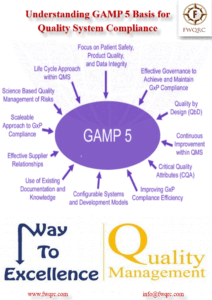Following recent cases of microbially contaminated ophthalmic drug products as well as recent safety recalls, the FDA published a revised draft guidance on Quality Attributes for Ophthalmic Drug Products, to include information about product sterility and preservative use. Moreover, the revision clarifies that the guidance applies to all ophthalmic drugs, including over the counter (OTC) drugs and combination products.
GMP Requirements, Product Sterility and E&Ls:
Ophthalmic drug products refer to any FDA-regulated drug products that are used for topical delivery in and around the eye such as solutions, suspensions, emulsions, gels, ointments or creams. The guidance provides information regarding quality considerations for ophthalmic drug products consistent with the current good manufacturing practice (cGMP) requirements.
Takeaway:
According to the agency, product sterility is a critical quality attribute (CQA) for ophthalmic drug products. Therefore, manufacturers of sterile drug products must comply with cGMP requirements to ensure product sterility. This guidance also provides recommendations on the documentation that should be submitted in the chemistry, manufacturing, and controls (CMC) section of drug applications. Relevant records and other information that demonstrate compliance with cGMP requirements must be made available for FDA review during an inspection or when requested by the agency in advance or in lieu of an inspection.
In addition, ophthalmic drug products should be evaluated for extractables and leachable (E&Ls) from the container closure system (CCS). Leachable have the potential to interact with the formulated drug product, which could compromise product quality and therapeutic effect. The assessment of E&Ls should consider the primary, secondary, and tertiary packaging components of the CCS, including the labeling components. Semipermeable plastic CCSs can, over time, leach low molecular weight compounds (e.g., plasticizers, lubricants, pigments, stabilizers, antioxidants, binding agents) from CCS components or from labeling components (e.g., inks, adhesives, varnishes) into the drug product. However, this is less of a concern for products packaged in glass containers (e.g., biological products)
If you would like to receive notifications about regulatory guidance, email: info@fwqrc.com





